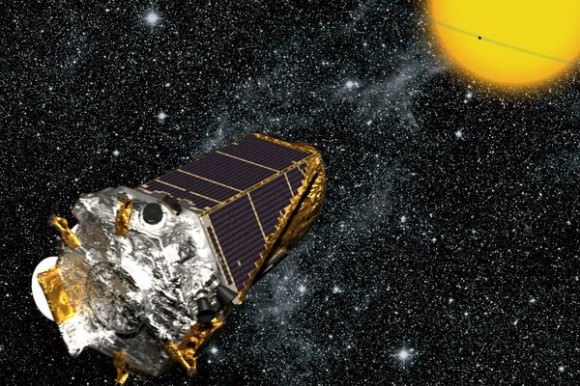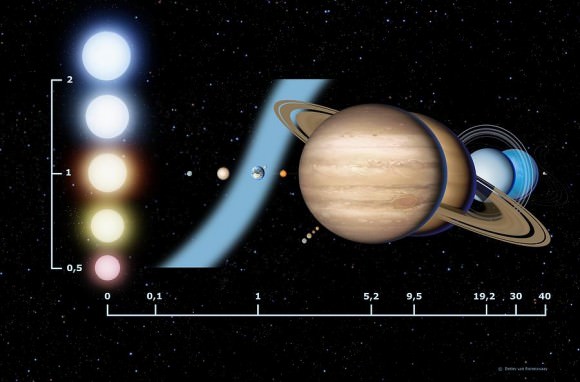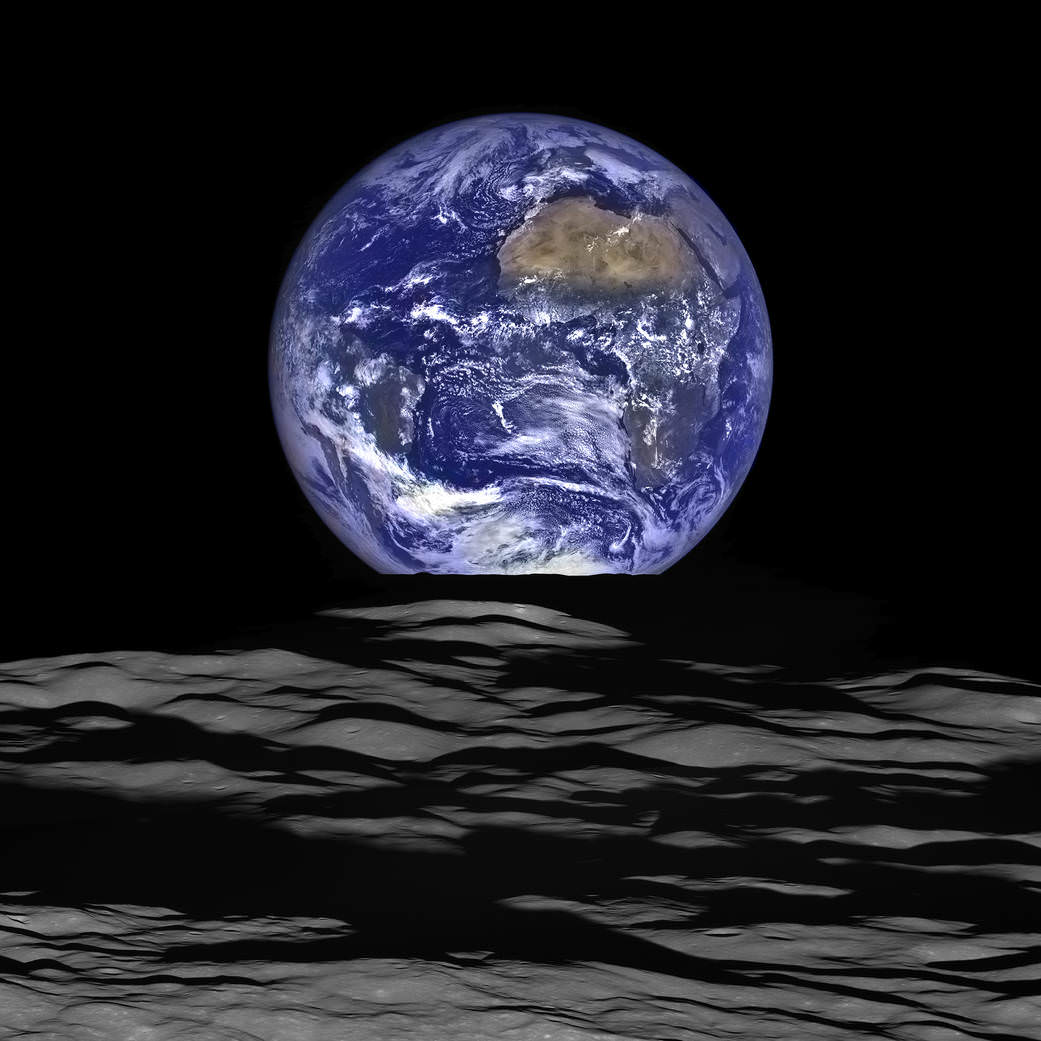Right now, we’re staring hard at a small section of the sky, to see if we can detect any planets that may be habitable. The Kepler Spacecraft is focused on a tiny patch of sky in our Milky Way galaxy, hoping to detect planets as they transit in front of their stars. But if alien astronomers are doing the same, and detect Earth transiting in front of the Sun, how habitable would Earth appear?
You might think, because, well, here we are, that the Earth would look 100% habitable from a distant location. But that’s not the case. According to a paper from Rory Barnes and his colleagues at the University of Washington-based Virtual Planetary Laboratory, from a distant point in the galaxy, the probability of Earth being habitable might be only 82%.

Barnes and his team came up with the 82% number when they worked to create a “habitability index for transiting planets,” that seeks to rank the habitability of planets based on factors like the distance from its star, the size of the planet, the nature of the star, and the behaviour of other planets in the system.
The search for habitable exo-planets is dominated by the idea of the circumstellar habitable zone—or Goldilocks Zone—a region of space where an orbiting planet is not too close to its star to boil away all the water, and not so far away that the water is all frozen. This isn’t a fixed distance; it depends on the type and size of the star. With an enormous, hot star, the Goldilocks Zone would be much further away than Earth is from the Sun, and vice-versa for a smaller, cooler star. “That was a great first step, but it doesn’t make any distinctions within the habitable zone,” says Barnes.

Kepler has already confirmed the existence of over 1,000 exo-planets, with over 4,700 total candidate planets. And Kepler is still in operation. When it comes time to examine these planets more closely, with the James Webb Space Telescope and other instruments, where do we start? We needed a way to rank planets for further study. Enter Barnes and his team, and their habitability index.
To rank candidates for further study, Barnes focused on not just the distance between the planet and the host star, but on the overall energy equilibrium. That takes into account not just the energy received by the planet, but the planet’s albedo—how much energy it reflects back into space. In terms of being warm enough for life, a high-albedo planet can tolerate being closer to its star, whereas a low-albedo planet can tolerate a greater distance. This equilibrium is affected in turn by the eccentricity of the planet’s orbit.
The habitability index created by Barnes—and his colleagues Victoria Meadows and Nicole Evans—is a way to enter data, including a planet’s albedo and its distance from its host star, and get a number representing the planet’s probability of being habitable. “Basically, we’ve devised a way to take all the observational data that are available and develop a prioritization scheme,” said Barnes, “so that as we move into a time when there are hundreds of targets available, we might be able to say, ‘OK, that’s the one we want to start with.’”
So where does the Earth fit into all this? If alien astronomers are creating their own probability index, at 82%, Earth is a good candidate. Maybe they’re already studying us more closely.

